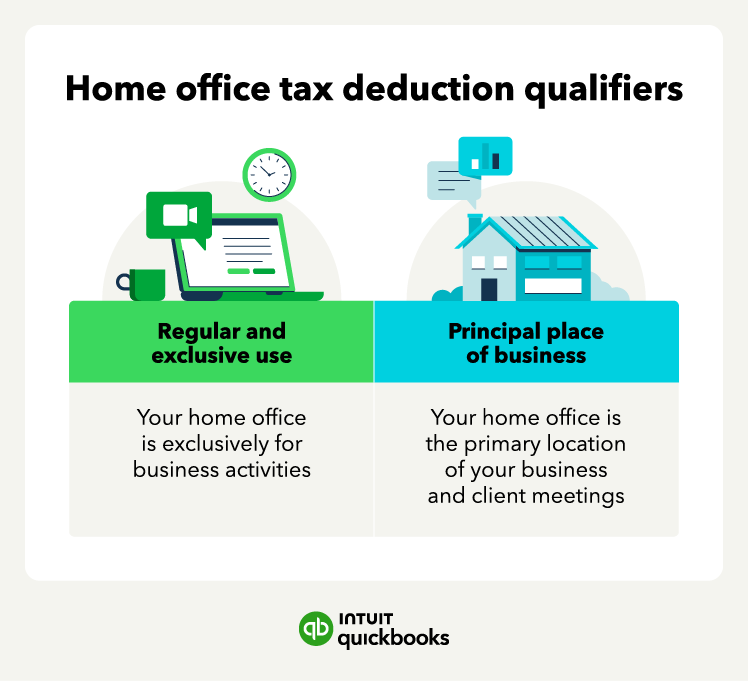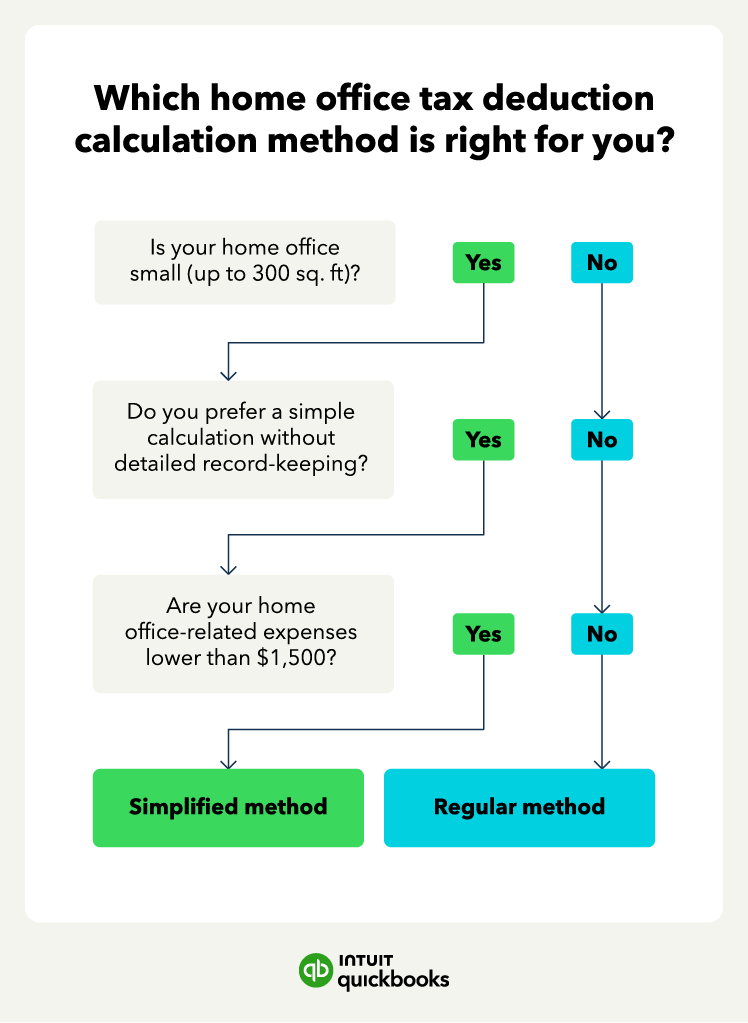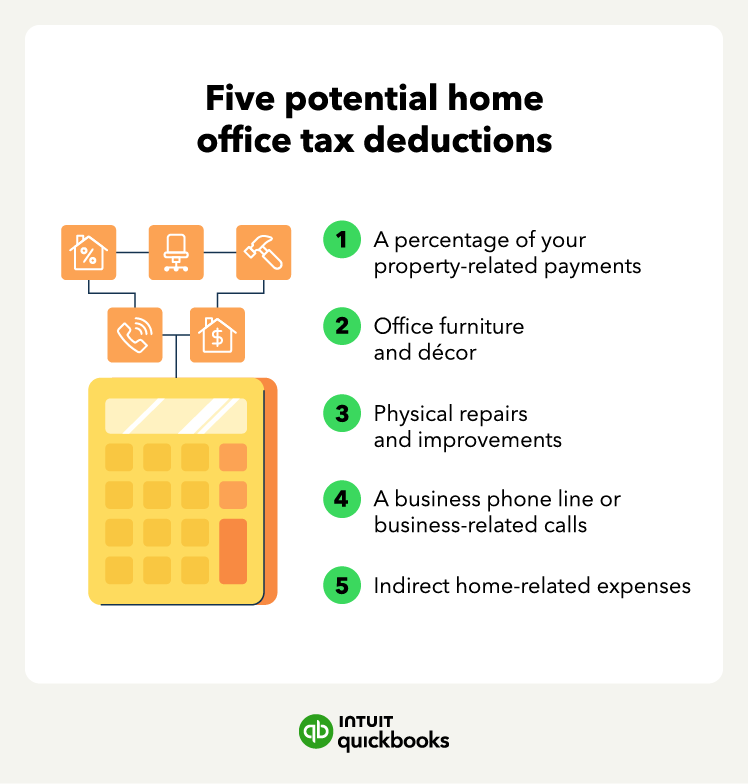A percentage of your property-related payments
Example: utility payments

If you use 25 percent of your home’s entire square footage as an office, you may claim 25 percent of your mortgage interest or rent payments, insurance premiums, and property taxes in tax-deductible expenses. You may deduct the same percentage of your utility payments, which may include telephone services, electricity, gas, and cleaning services.we
Office furniture and décor
Example: desk and chair

Beyond your computer and other work-related equipment, you may claim a tax deduction for your desk, chair, coffee table, and even the expensive art on your wall. Make sure that any decorative item you deduct stays in your office to avoid potential audit woes.
Physical repairs and improvements
Example: office renovation

Did you paint your office or redo its floors? Repairs and improvements to your workspace are tax-deductible, though some larger expenses (such as new carpet) may be subject to an asset-depreciation schedule.
A business phone line or business-related calls
Example: an exclusive business phone

Although you may not take a tax deduction for maintaining a primary phone line, you may claim a separate business line. If you use a single line for business and personal calls, you can itemize the business calls and claim those as a deduction.
Indirect home-related expenses
Example: roof repairs

The average homeowner or renter incurs home-related expenses beyond rent or mortgage, which may include snow plowing, roof repair, and trash removal. These types of expenses are also deductible, according to the square footage percentage of your home used as a business.
A word of caution: It’s easy to get overzealous in claiming home-office tax deductions, and improperly classifying expenses is an easy way to trigger an audit. When filling out your tax returns, carefully review the IRS documents related to home-office tax deductions, and talk to an accountant about what you should and shouldn’t claim based on your circumstances.
Find peace of mind come tax time
Out of all of the small business tax deductions, qualifying for the home office tax deduction can potentially result in the largest amount of savings this tax year.
With two calculation methods to choose from and online accounting tools at your disposal, managing tax deductions for your home office can be made more manageable. As always, consult a tax professional to understand your options.















